
What is a Four-wheel drive hub?
Simply put, a four-wheel-drive means that your vehicle is supplying power to all four wheels.
Four-wheel drive systems are designed to give your vehicle better traction on snow and ice and in off-road conditions.
The majority of four-wheel-drive vehicles are only part-time four-wheel-drive vehicles.
This means that the vehicle’s four-wheel-drive system can be turned on or off.
Another type of four-wheel-drive vehicle is an all-wheel-drive vehicle.
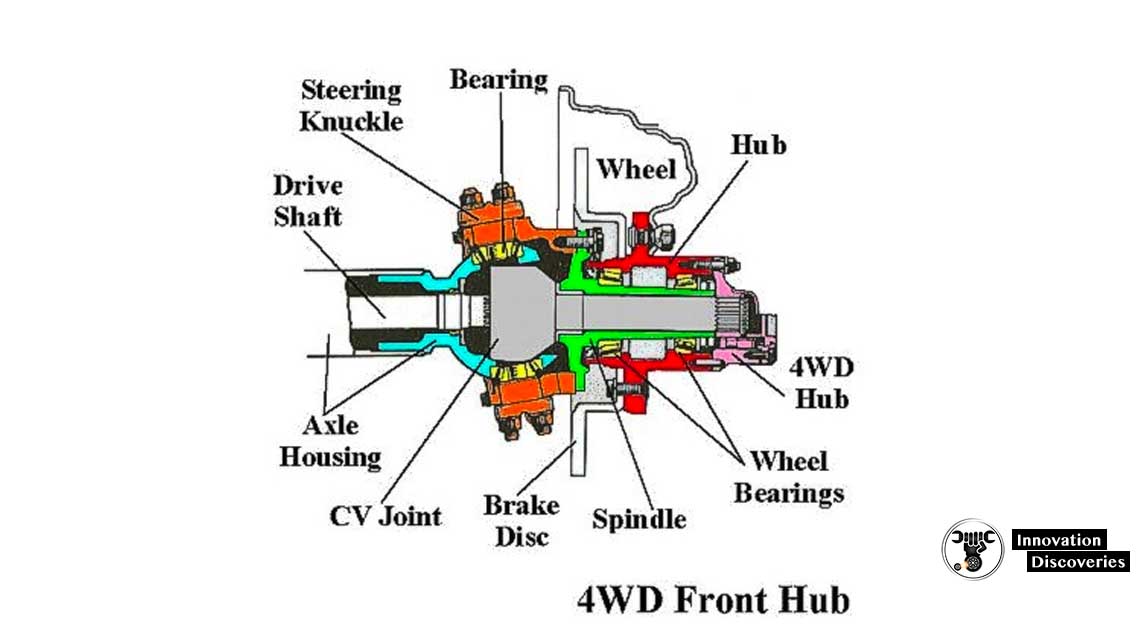
This means that the vehicle is always in four-wheel drive and is made to drive in any condition, such as ice, snow, and off-road.
Whether you have an all-wheel-drive or a part-time four-wheel-drive vehicle, your four-wheel-drive system is designed to send a precise amount of torque to each wheel to prevent each wheel from slipping.
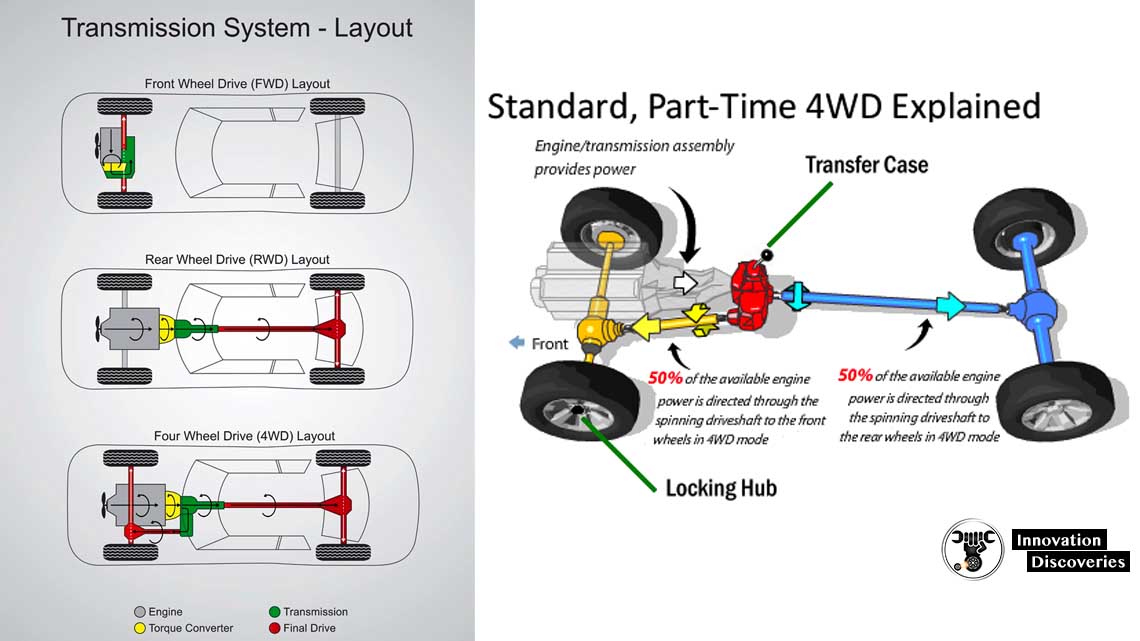
To get a better understanding of how four-wheel-drive systems work, it is important to understand a little bit more about torque and wheel slip. Torque is a force used to turn things.
In this case, torque is produced by your engine and is used to turn your vehicle’s wheels.
Now, in bad weather conditions, your vehicle’s torque is determined by traction, not your engine.
More specifically, it is determined by the amount of traction your tires have on the road surface.
Wheel slip is all about your wheels contact with the road surface and whether your wheels have good traction or bad traction.
When your wheel’s torque is greater than its traction, it experiences wheel slip.
Read More
- THE GEARBOX (TRANSMISSION)
- COMMON FAULTS IN THE 6-SPEED DSG TRANSMISSION
- WHAT IS DRIVESHAFT? WORKING OF DRIVESHAFT
- WHEN TO PUT YOUR VEHICLE IN 4-WHEEL DRIVE?
- HERE’S EVERYTHING YOU NEED TO KNOW ABOUT DIFFERENT TYPES OF WHEEL DRIVES IN AUTOMOBILES
So, what four-wheel-drive systems do is offer a greater amount of possible torque to your wheels but also supply the right amount of torque to sustain good traction in poor conditions.
Four-wheel drive vehicles also provide better traction to all four wheels, which in turn increases the amount of torque, or force, that your tires can receive.
This in turn will help your vehicle travel through snow and up slippery hills more efficiently.
There are many parts in four-wheel-drive systems that make four-wheel-drive vehicles possible. One such part is locking hubs.
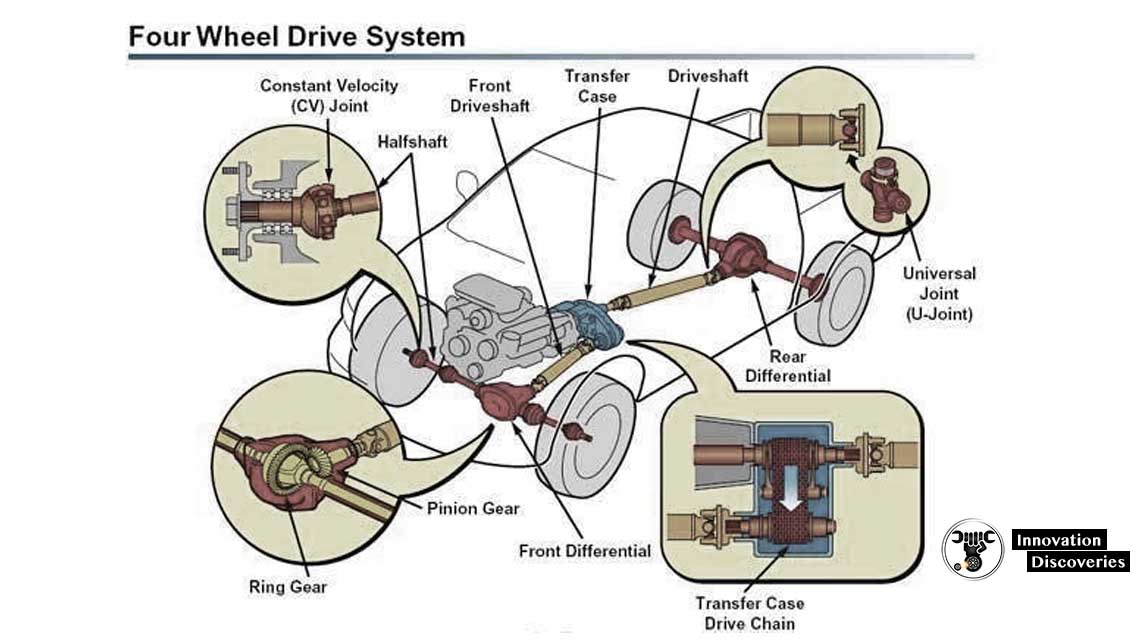
Locking hubs are located on the front wheels of part-time four-wheel-drive vehicles.
Locking hubs are used to lock, or engage, the two front wheels so they also become drive wheels.
This will put your vehicle into four-wheel drive.
They are also used to disengage the front wheels from the front differential or drive shaft, setting the vehicle back into a two-wheel drive.
This allows the front differential or driveshaft to stop spinning, which will decrease the amount of friction applied to all the parts in the front differential, extending their life, improving fuel economy and also preventing excessive wear on the front tires.
ALSO, READ:
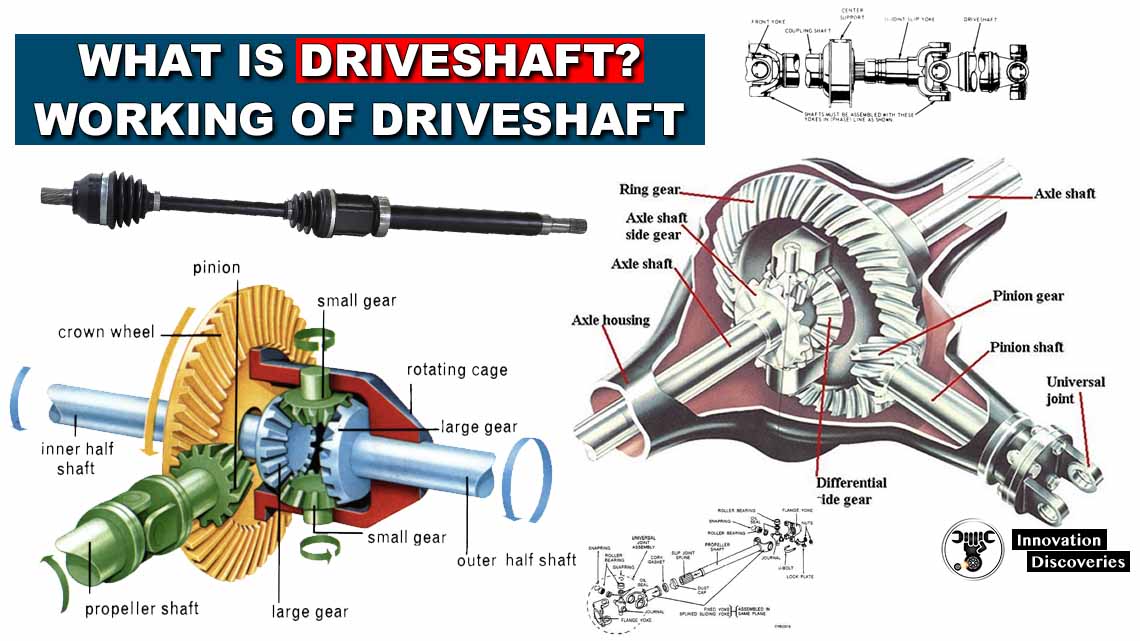
Read: WHAT IS LIMITED SLIP DIFFERENTIAL? HOW DOES IT WORK
Why replace/repair a four-wheel-drive hub?
Several things can go wrong with a four-wheel-drive locking hub.
The most severe and common problem is that the hub won’t engage the front differential.
This can be caused by worn parts or by mud or water entering the hub.
This will make your four-wheel drive vehicle useless since your front wheels can’t be engaged.
Another issue with locking hubs is that the hub can get stuck in a lock and won’t disengage the front differential.
This will lead to excessive wear of parts, excessive wear of tires, and poor fuel mileage.

Read More:
When should you repair/replace a four-wheel-drive hub?
Again, the most common problem with locking hubs is that they won’t engage the front differential.
This problem may be accompanied by grinding noises when you try to shift your vehicle into four-wheel drive.
If you hear grinding noise when you shift to four-wheel drive or if your vehicle is getting poor traction in the snow and ice, you should have your locking hub inspected and replaced if necessary.
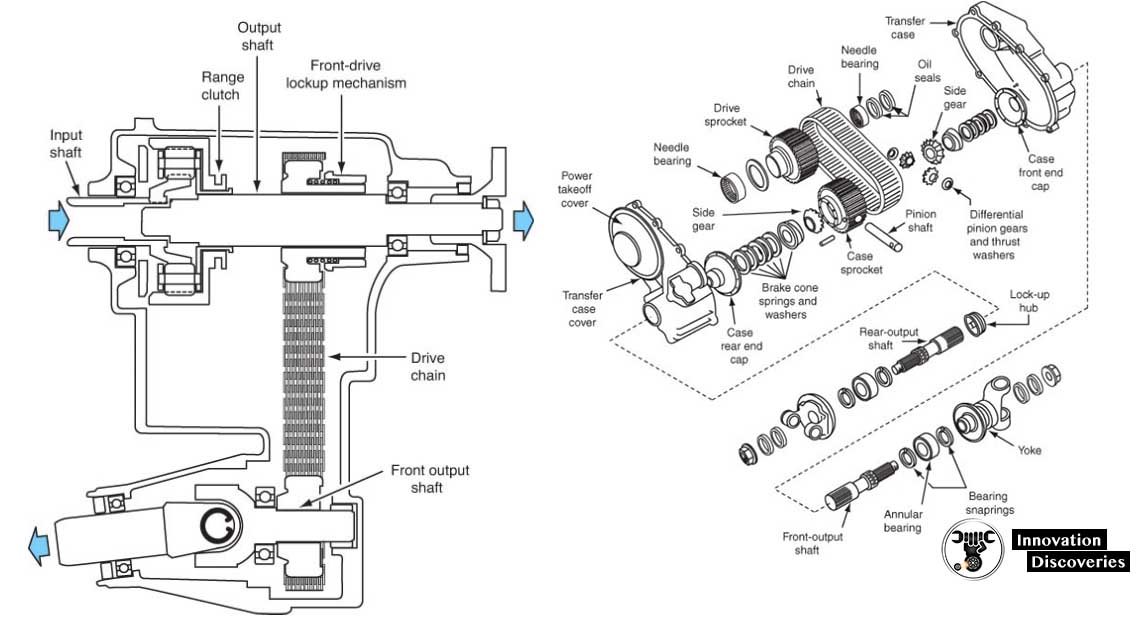
The other issue with locking hubs is that the hub stays locked and won’t disengage the front wheels.
When this occurs, your vehicle will be difficult to steer at lower speeds.
Again, if you suspect you have a problem with your locking hub, have it inspected and replaced if necessary.
Technicians recommend that you have your locking hubs serviced and inspected every two years or 25,000 to 30,000 miles.
However, if your vehicle’s four-wheel-drive system is used more extensively, you should have your locking hub inspected every year.
What is a four-wheel-drive transfer case inspection?
Simply put, a four-wheel-drive means that your vehicle is supplying power to all four wheels.
Four-wheel drive systems are designed to give your vehicle better traction on snow and ice and in off-road conditions.
The majority of four-wheel-drive vehicles are only part-time four-wheel-drive vehicles.
This means that the vehicle’s four-wheel-drive system can be turned on or off.
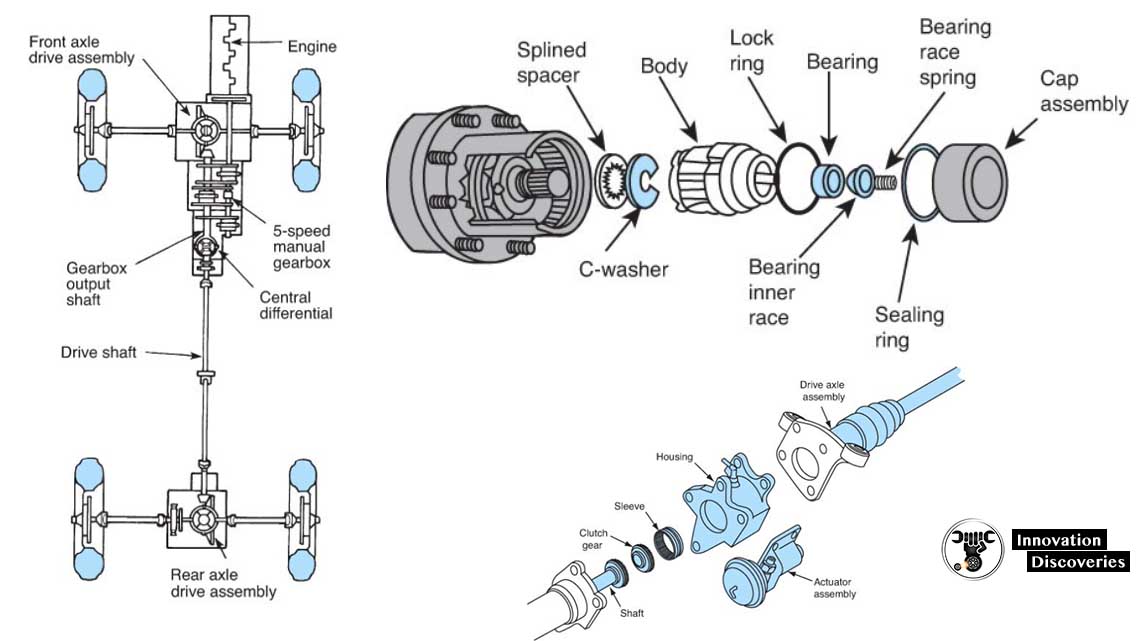
Another type of four-wheel-drive vehicle is an all-wheel-drive vehicle.
This means that the vehicle is always in four-wheel drive and is made to drive in any condition, such as ice, snow, and off-road.
Whether you have an all-wheel-drive or a part-time four-wheel-drive vehicle, your four-wheel-drive system is designed to send a precise amount of torque to each wheel to prevent each wheel from slipping.
To get a better understanding of how four-wheel-drive systems work, it is important to understand a little bit more about torque and wheel slip.
Torque is a force used to turn things.
Read More:
WHY DOESN’T THE HONDA CIVIC TYPE R HAVE TORQUE STEER?
HORSEPOWER VS TORQUE – A SIMPLE EXPLANATION
TORQUE CONVERTER: FUNCTIONS, PARTS, WORKING PRINCIPLES, AND TYPES
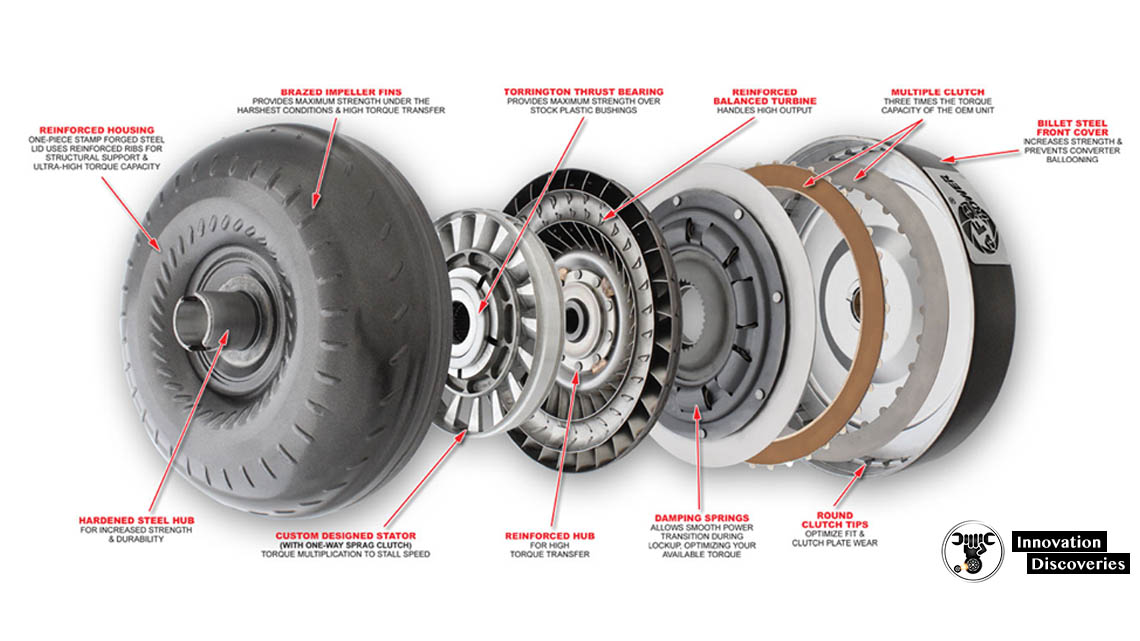
In this case, torque is produced by your engine and is used to turn your vehicle’s wheels.
Now, in bad weather conditions, your vehicle’s torque is determined by traction, not your engine.
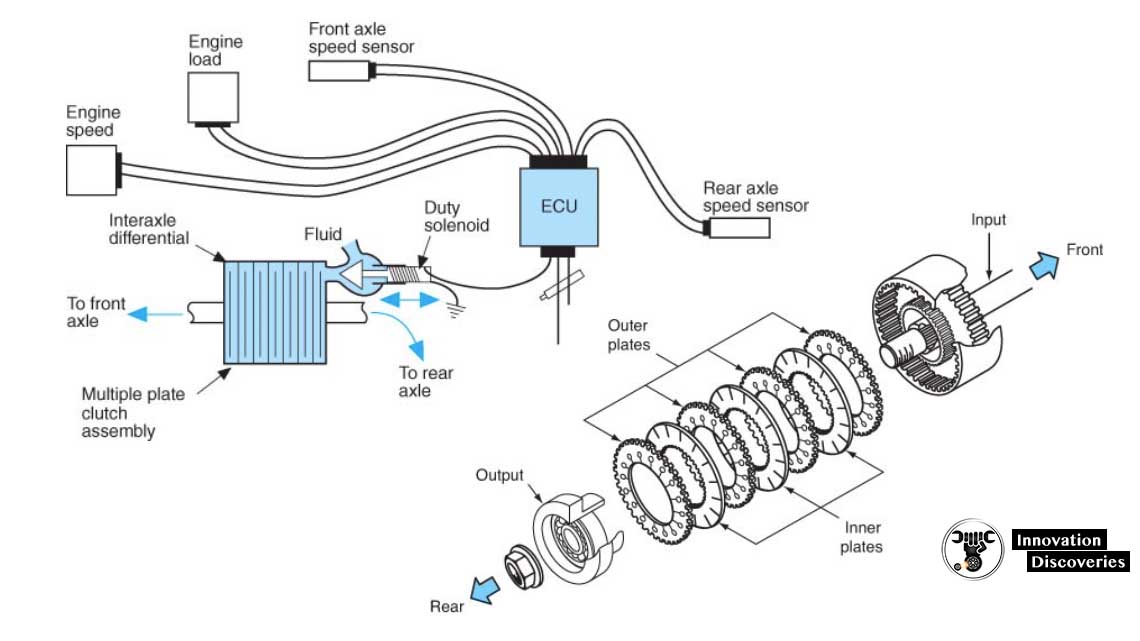
More specifically, it is determined by the amount of traction your tires have on the road surface.
Wheel slip is all about your wheels contact with the road surface and whether your wheels have good traction or bad traction.
When your wheel’s torque is greater than its traction, it experiences wheel slip.
So, what four-wheel-drive systems do is offer a greater amount of possible torque to your wheels but also supply the right amount of torque to sustain good traction in poor conditions.
Four-wheel drive vehicles also provide better traction to all four wheels, which in turn increases the amount of torque, or force, that your tires can receive.
This in turn will help your vehicle travel through snow and up slippery hills more efficiently.
There are many parts in four-wheel-drive systems that make four-wheel-drive vehicles possible. One such part is the transfer case.
Transfer cases divide the transmission’s power, or torque, and sends it to both the front and rear driveshafts.
The transfer case also locks the front and rear driveshafts together.
This will force both the front and rear wheels to turn at the same speed.
Read: CHECKING THE REAR AXLE FOR LEAKS AND CHANGING THE OIL
In an all-wheel-drive vehicle, transfer cases allow the front and rear driveshafts to operate at different speeds.
This will help the vehicle drive on any surface and make steering easier.
Transfer cases also give your four-wheel drive vehicle an extra set of gears, which allow your vehicle to lower your transmission’s gear ratios into what is called a low-range.
Read: GEAR RATIO AND TIRE SIZE CHART
This will provide your vehicle with more torque, which will enable it to travel up steep hills and through snowy and muddy surfaces.
Read More
- SUSPENSION INSPECTION – QUESTIONS AND ANSWERS
- SUSPENSION ELASTIC ELEMENTS
- HOW AIR SUSPENSION SYSTEMS WORK
- 5 SUSPENSION MODS YOU SHOULD NEVER DO TO YOUR CAR
Why should you have your four-wheel-drive transfer case inspected?
This necessary service will keep your transfer case working properly. Transfer cases contain fluid that lubricates all its moving parts.
Whether you have an old four-wheel-drive vehicle, which contains a transfer case that uses gears to supply the front driveshaft with torque, or a new four-wheel-drive vehicle, which contains a transfer case that uses a chain to supply the front driveshaft with torque, there is a tremendous amount of heat and friction created in the transfer case.
This heat and friction can contaminate the transfer case’s fluid.
The fluid can also become contaminated by water entering the transfer case.
To keep the transfer case working properly, the old fluid will be drained, and the new fluid will be added.
The gears and shafts will be inspected and tested during a transfer case service.
The transfer case will also be inspected for any leaks or holes.
When should you have your four-wheel-drive transfer case inspected?
You should have your transfer case inspected following your vehicle manufacturer’s recommendations.
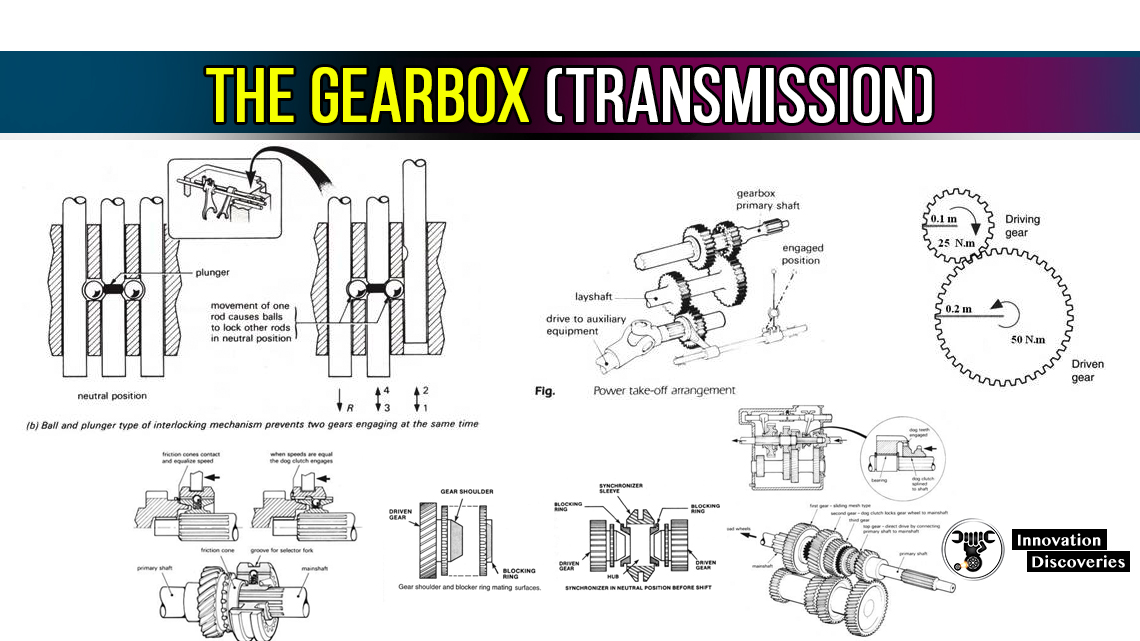
More About Braking Systems
- Top 5 Causes of Steering Wheel Shakes at Low and High Speeds
- HOW HYDRAULIC BRAKE WORKS?
- AIR BRAKE SYSTEM: COMPONENTS, WORKING PRINCIPLE, AND APPLICATIONS
- HOW DOES REGENERATIVE BRAKING WORK?
- 8 REASONS YOUR CAR IS MAKING GRINDING NOISE WHEN BRAKING
- Regenerative Braking System
- JAKE BRAKE VS. EXHAUST BRAKE: WHICH IS BETTER?
- SQUEALING BRAKES AT LOW SPEED: CAUSES AND SOLUTIONS
- TROUBLESHOOTING A HARD BRAKE PEDAL
- CONVERT DRUM BRAKES TO DISC BRAKES IN 3 STEPS!
- CAUSES OF THE BRAKE WARNING LIGHT COMING ON
Visit Forum
Visit Our Friendly Website


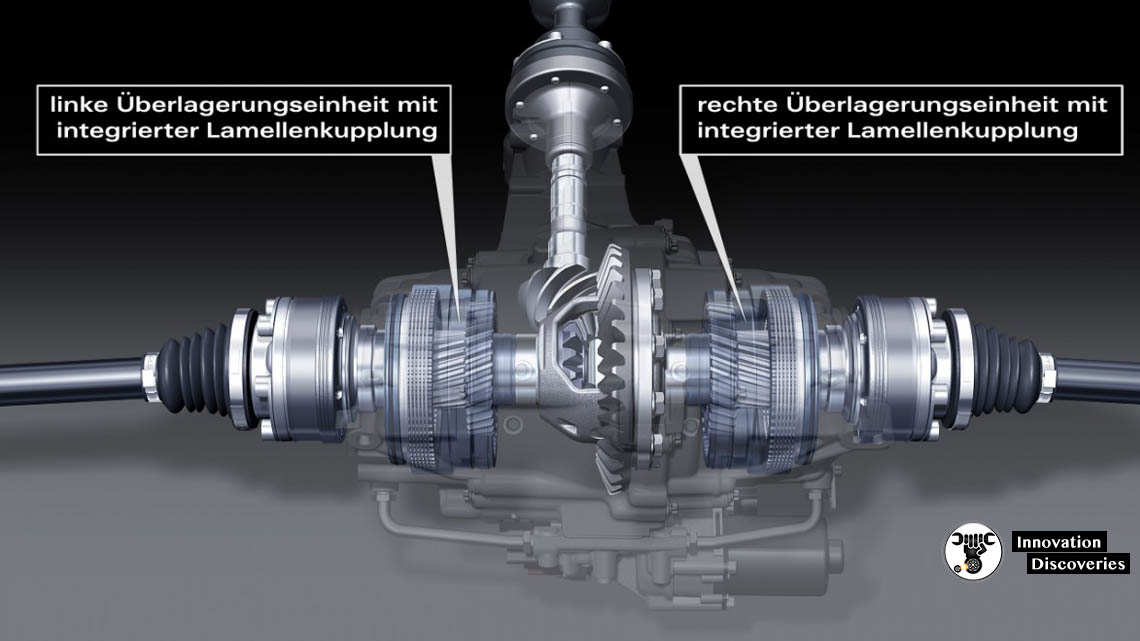
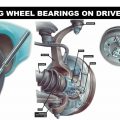
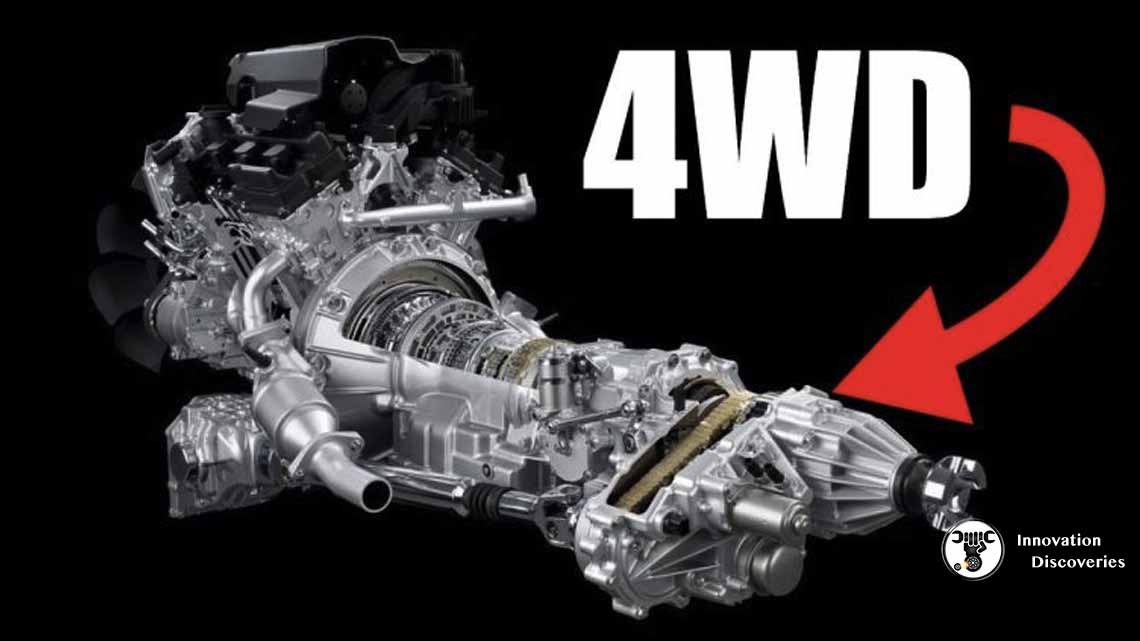

Thanks a lot this very interesting to know this piece of information thanks